The Guanches of the Canary Islands
Today, the Canary archipelago is made up of a Spanish-speaking population with a generally Spanish-European culture. However, the reality was very different before the conquest of the Canary Islands.
We are in 1402, when the conquistadors came to our lands. At that time, the islands were inhabited by the original natives, the Guanches.
However, although this concept was progressively generalised to refer to all the ancient Canarians at the end of the 18th and 19th centuries, it is true that the use of the term "Guanche" only alluded to the inhabitants of the island of TenerifeThe rest of the islands have their own form of denomination.
Thus, we also have the gentilicio bimbaches in El Hierro, gomeros for La Gomera, auaritas for La Palma, canarios in Gran Canaria, majoreros for Fuerteventura and majos for Lanzarote.
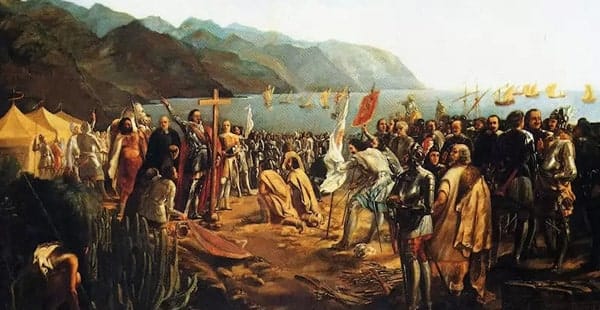
Which plan to follow on your holidays?
Don't miss the Experience Hiking in Taganana: discover the Guanches of Anaga
Through a walking tour of three hoursWe will visit places of aboriginal worship and ancient necropolises, we will observe the signs that they left us written in stone to understand their magical and religious world, we will learn about the mystery of the origin of the settlement of the Canary Islands and the way this troglodyte society survived.
If you want to live a unique and environmentally friendly experience, and also get to know with a guide the Anaga Rural Parkbook your place for a guided tour.
But where did the inhabitants of the Canary Islands come from?
Research to date indicates that the Guanches have a clear socio-cultural kinship with the ancient Berber ethnic groups that lived and still live in West North Africa.before the establishment of the Arabs.
Experts say that the ancient population of the Canary Islands developed their culture from 500 BC until the 15th century, ending with the conquest of the archipelago.
Even so, the causes of their emigration and whether they arrived by their own means with pre-established objectives or whether it was something beyond their control are still unknown.
The encounter with the Guanches
When the first conquerors arrived on the islands, they found a population whose living conditions were very different from their own in every way. Their physical appearance was sturdy, with a big back, dark skin and beautiful features.
So much so that there are ancient writings and accounts of the conquistadors that define them in such a way:
"You will find almost nowhere more beautiful people or more gallant people than those of these islands, both men and women, as well as being of good understanding if there were anyone to cultivate them".
Aboriginal way of life
In terms of their way of life, the volcanic conditions of the islands gave the Aborigines the possibility to build caves that they used as their usual dwelling.
The aborigines of the Canary Islands, therefore, lived in natural caves located on the slopes of ravines or on coastal cliffs.
The caves, made of dry stone wallsThe rooms were fitted out. The brightest and most outward-facing parts of the cave were used as kitchens. However, the less well-lit, inward-facing areas of the cave were used as sleeping quarters.
They were engaged in agriculture and livestock farming and fed primarily on gofio (growing barley and wheat, which they roasted and milled), goat's milk and hunting wild pigs, goats and sheep.

Your clothing was characterised by the use of tanned goat or sheep skins to cover their most intimate parts, leaving the rest of the body uncovered.
The guanche culture had a similarity to the Berber tribes of North Africa, with an advanced cultural development. The Guanches were distinguished by their artistic nature, as they used ceramic, bone, vertebrae or wooden necklaces as ornaments.
They also created ceramic bowls with geometric designs that they used as domestic or decorative utensils.
On the other hand, as a means of defence or for hunting, they created very rudimentary weapons based on polished stones with sharp edges, or wrapped in leather and held in place with ropes, spears, etc.
Surprising or not, all of them very effective in fighting off the invaders, who It took almost a century to win the conquest of the Guanche peoples.
However, it is noteworthy that, unlike other ancient cultures, no archaeological sites or documents have been found to prove that these aborigines had any knowledge of navigation. No archaeological sites or documents have been found to prove that these aborigines had any knowledge of navigation.
With regard to its religionGuanche mythology had different gods on each island and their religious beliefs were especially linked to those of the Guanche. guanche mummies.
Mummification, or preservation of the deceased body by embalming techniques, was a custom or rite in the higher social classes and related to eternal life.
The ancient settlers of the Canary Islands communicated with a language of Berber-Lebo-Berber origin, also called "Guanche language.
Unfortunately, this language disappeared completely after the conquest. Studies have shown that it comes from Berber dialects because of the similarity in the roots of the words.
Nowadays, only specific words have been preserved and are still used in the current Canary Island speech. These words refer to objects, fauna and flora specific to the islands.
Examples include:
"Tajinastenative plant located in the Teide National Park.
"Baifoto refer to goat rearing.
"Tabaiba: canary plant.
"PerenquenIsland salamander: type of island salamander.


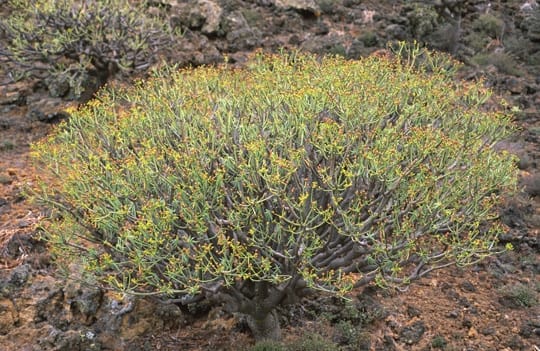

Guanches in Tenerife
The conquest of the Canary Islands began in 1402. in Lanzarote and ended 94 years later, in 1496, in Tenerife, when Alonso Fernández de Lugo, belonging to the Crown of Castile, put an end to the conquest after the hard battles against the inhabitants of the archipelago.
In 1494, when the conquest of the island of Tenerife began, the island was divided into nine kingdoms or menceyatos. Each kingdom had a king called Mencey. They were the highest civil, religious and military authority in the region they ruled.
Today many of these kingdoms or menceyatos have been converted into municipalities and retain their original names, for example La Orotava, in the north of the island of Tenerife, where it later served as occasional accommodation for great scientists and naturalists such as Alexander Von Humboldtconsidered one of the founders of modern geography, as well as an explorer and expert in the natural sciences.
Guanches in Candelaria
In the municipality of Candelaria, next to the Plaza de la Patrona de Canarias, there are nine bronze sculptures representing each of these menceys.
Acaymo, mencey of Tacoronte: Governor in the menceyato of Tacoronte, in the north of Tenerife, which occupied the current municipalities of Tacoronte, La Matanza de Acentejo and El Sauzal.
Adjona, mencey of Abona: Governor of the extensive menceyato of Abona, located in the south of Tenerife. It occupied the territories that are today the municipalities of Fasnia, Arico, Granadilla de Abona, San Miguel and Vilaflor.
Añaterve, mencey of Güímar: Its territory occupied the current municipalities of El Rosario, Candelaria, Arafo and Güímar, as well as part of Santa Cruz de Tenerife and La Laguna.
Bencomo, mencey of Taoro: Its territory included the towns of La Orotava, La Victoria de Acentejo, Santa Úrsula, Puerto de la Cruz, Los Realejos and San Juan de la Rambla.
Beneharo, mencey of Anaga: Their lands occupied a large part of the Anaga massif.
Pelicar, mencey of Icod: The menceyato of Icod occupied the current municipalities of La Guancha, Icod de los Vinos and El Tanque, as well as part of Garachico.
Pelinor, mencey of Adeje: Its menceyato occupied 180 km2 of the current municipalities of Adeje, Guía de Isora, Santiago del Teide and part of Arona.
Romen, mencey of Daute: Their lands occupied the present-day municipalities of Buenavista del Norte, Los Silos and part of Garachico.
Tegueste, mencey of Tegueste: This mencey occupied the present-day municipalities of Tegueste and a large part of San Cristóbal de La Laguna.
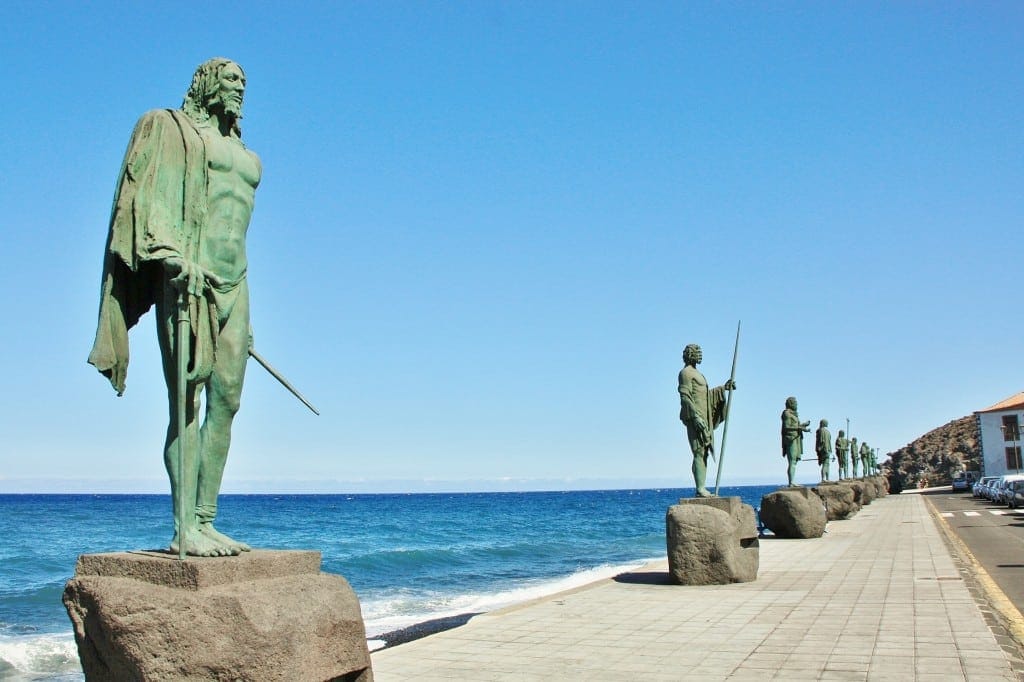
We invite you to experience a guanche experience complete with us in Anaga, Tenerife. Live the story!

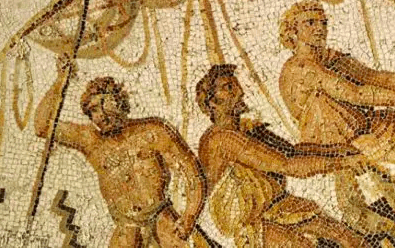
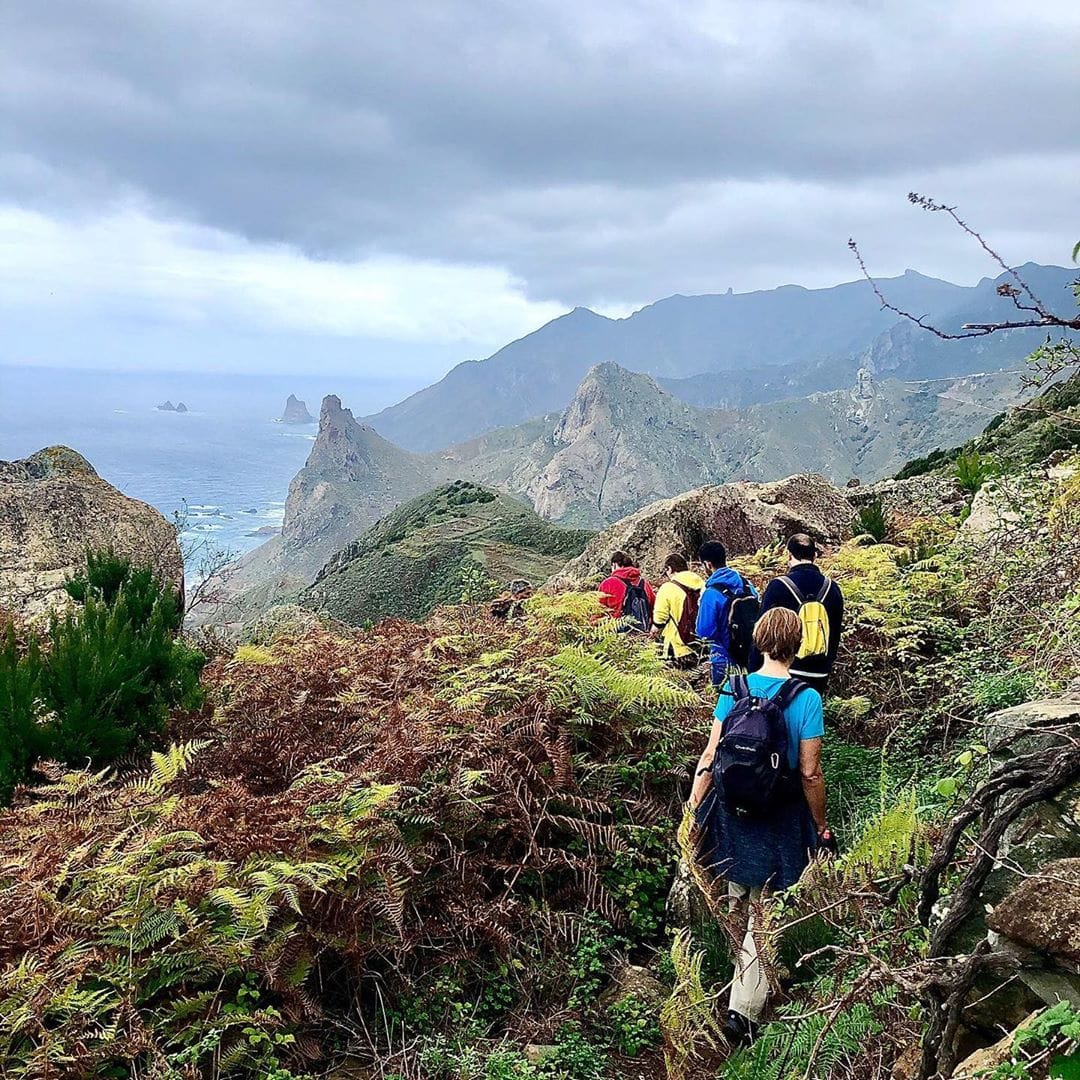
One comment
Pingback:
Autonomous Communities of Spain "Canary Islands" - Oscar's World